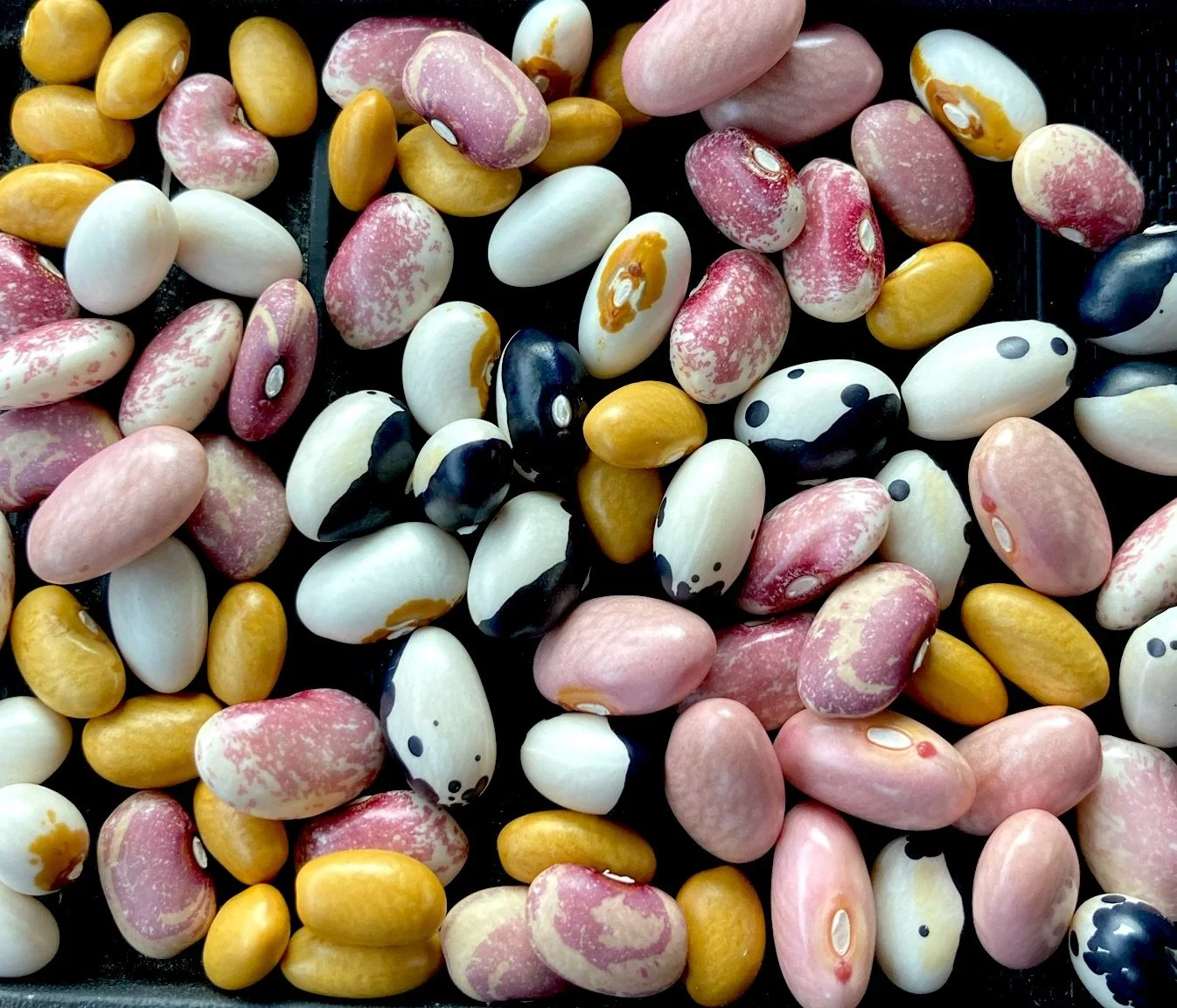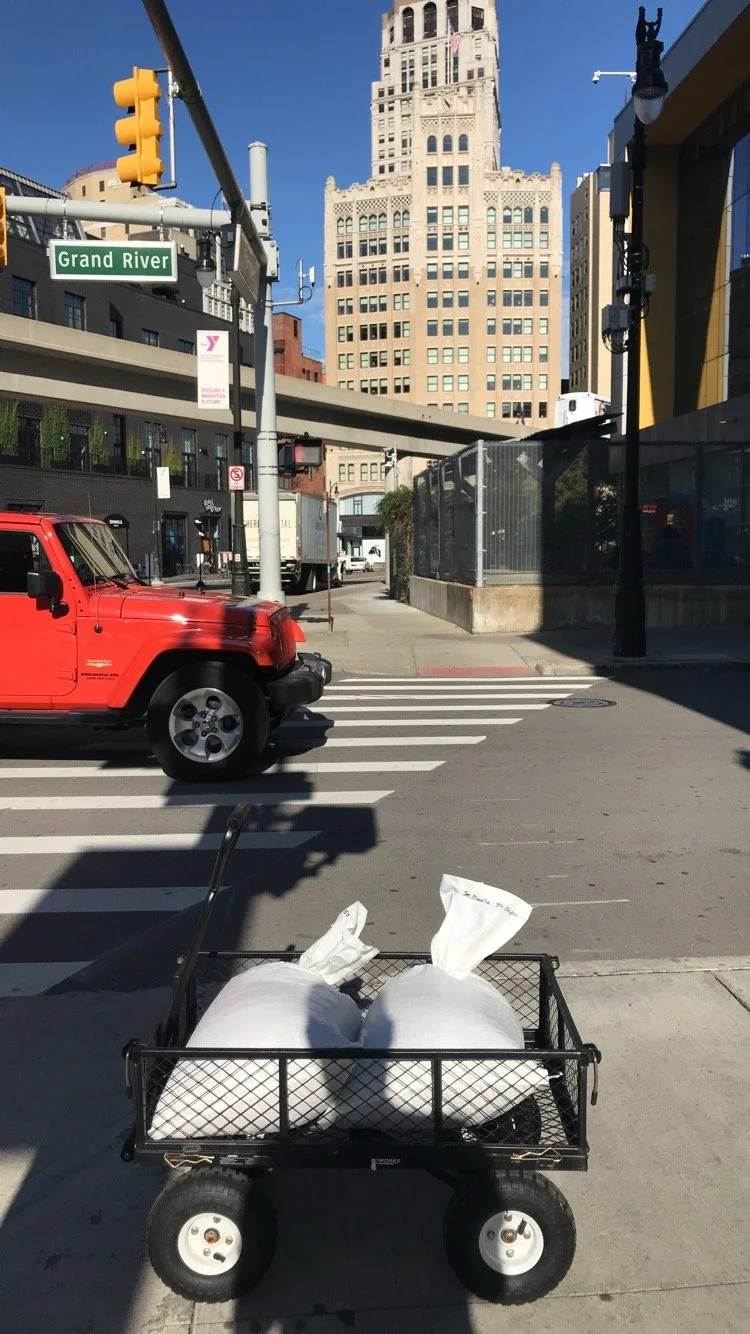Four Generations of
Growing Beans
Our family has been farming dry beans on this land in Michigan since 1939. Kevin is the fourth generation to work these fields, and beans have always been part of the rhythm of life here.
In 2015, during a trip through Oregon, Kevin picked up a small bag of orca beans at a farmstand near Mount Hood. They looked nothing like the beans we were used to—and once we cooked them, they didn’t taste like them either. That bag of beans sparked something.
Since then, heirloom dry beans have become part of our story too. We’ve been learning how to grow them—varieties with history, beauty, and a bit of personality. It’s taken some trial and error, but we’ve found a lot of joy in figuring it out as we go.
Why Heirloom Beans
\We grow heirloom dry beans because we care about variety, beauty, and tradition. These are older bean types—varieties that haven’t been heavily modified through modern breeding. They’ve often been passed down for generations, selected for flavor, diversity, or the conditions they grow best in.
They come in all shapes and colors, and many are striking to look at. Some are easier to grow than others, but most of them take a bit more attention. We like that. It’s a way of farming that feels more personal and hands-on.
“Heirloom” isn’t a tightly defined term—Kevin often compares it to a word like “natural.” But to us, heirloom beans are ones that haven’t been bred for maximum efficiency. They’re less uniform, a little more unpredictable, and maybe a little more interesting.
We love all beans. Canned beans, bulk beans, pintos, kidneys, black beans—we hope people eat more of them, wherever they come from.
That’s really what we care about: making beans a regular part of more meals. If heirloom beans help someone get excited about cooking from scratch or trying something new, that’s a win.
Growing Beans Like We Used To
We still grow beans on the same land where Kevin’s great-grandparents planted navy beans nearly a century ago—and in a lot of ways, we still grow them the same way.
Heirloom beans vary in size and shape, which means they don’t always run smoothly through modern equipment. So we’ve brought older tools out of storage—equipment our dad and grandfather used—and found they still do the job just fine. It’s slower, but it works, and we like the rhythm of farming this way. There’s something satisfying about doing each step by hand and knowing exactly what’s happening at every stage.
Sharing the Beans
Kevin has always loved to grow things. That’s how this all started. A few years into growing heirloom beans, it became clear we had more than our family could eat—by a lot. So he started looking for a home for them. He did some research, looked up farm-to-table restaurants in Detroit, and started knocking on doors.
He was welcomed by some incredible chefs who were excited to cook with something a little different. Some used our beans in traditional dishes; others came up with things we’d never have imagined. Seeing our beans show up on menus—treated with that kind of care—has been one of the most rewarding parts of this work.
That encouragement gave us the nudge to start offering beans directly to home cooks too. We weren’t sure what to expect, but the response has meant everything. Some people use our beans every week. Others save them for a favorite recipe or a special meal. However they show up, we’re just glad beans are making it to more tables.
We hope our beans are part of a wider movement—one where more people cook at home, explore new ingredients, and find joy in something as simple as a pot of beans.




